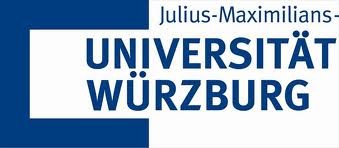Institute of Organic Chemistry, Julius-Maximilians University Würzburg (UNIWUE)

The roots of the Julius Maximilian University of Würzburg reach back as far as 1402 AD. In that era, it was the sixth institution of higher learning to be founded in the German-speaking regions of Europe, after the Universities of Prague, Vienna, Heidelberg, Cologne, and Erfurt.
Many eminent scholars and scientists, 14 Nobel Laureates among them, have researched and taught in Würzburg. Rudolf Virchow, Carl Siebold, and Franz Brentano are in that number, as well as Wilhelm Conrad Röntgen, who discovered X-rays at Würzburg in 1895, or Klaus von Klitzing, discoverer of the Quantum-Hall Effect.
Today, Würzburg's university is counted among the medium-sized institutions of higher learning in Germany. At ten faculties, about 400 professors teach around 24,000 students.
